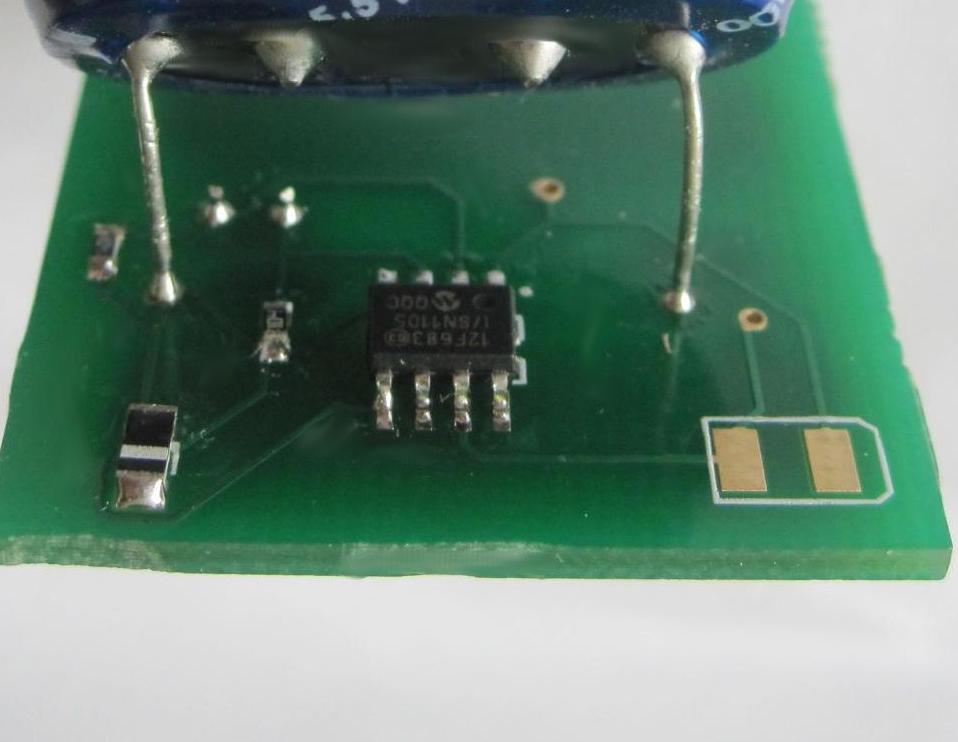What if things worked forever? Economics dictates products have a lifecycle, they are designed to be replaced. This is all very wastefull. Perhaps to break through the habitual wasting one could start a zero energy challenge, a perpetual function challenge that says : Design and build something usefull that will work ‘forever’. Here’s a good example:
The above and below devices where designed and build by Michel Blom, who is fascinated by the challenge of gathering energy without generating chemical waste. Both store energy from tiny solar cells in a large capacitor and then (when it is dark) manage the power output to an smd LED. They can both remain functional for years without needing any intervention.
Solar cells 4 x 400 micro Ampere, 1.5 Farad 5,5 V condensor, small LDR, a 12F683
2.0V – 5.5V programmed to control the charging and sleep or give 30 ms pulses when it’s dark. The control function of the pic chip includes the following routines:
1. On first use when it’s dark it will calibrate the power usage of the LED by flashing and measuring the depletion of charge
2. In a stabile environment the device measures the length of the dark period to estimate the optimal flashing interval vis a vis the charge available.
3. Charge is monitored and flashing is managed so that the potential does not drop below 2,5 Volt (to power the microcontroller)
4. Switch the LED on when the condensor charge reaches 5.2 Volt to protect it against over potential.
5. The pic chip itself wakes up only once a second to be efficient, so it only uses 1.5 microAmp
Left the condensor pair, a reference diode (to measure voltage) left front, the pic microcontroller, right the cell side, LDR on the left, LED on the right and a fuse (tiny thing a bit from the right)!
The bottom version has bigger solar cells, that product 1,89 Volt and 12.6 milli Ampere. the double condensor amounts to 4 Farad at 5.5 Volt. Using double condensors can be a problem because they may not have the same potential. To alleviate that problem one can use to sepeater circuits and add them to power the LED.
big cells http://www.ixyscolorado.com/pdf/XOB17_Solar_Bit_Datasheet_Jun%202009_color.pdf
small cells http://ixapps.ixys.com/DataSheet/CPC1824.pdf
Send your suggestion to info@greencheck.nl
